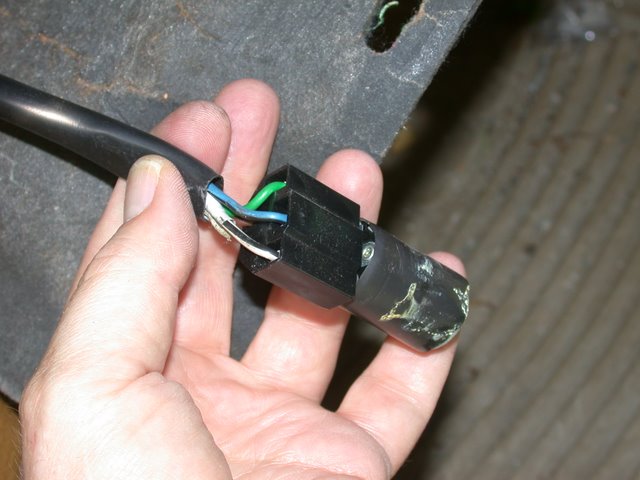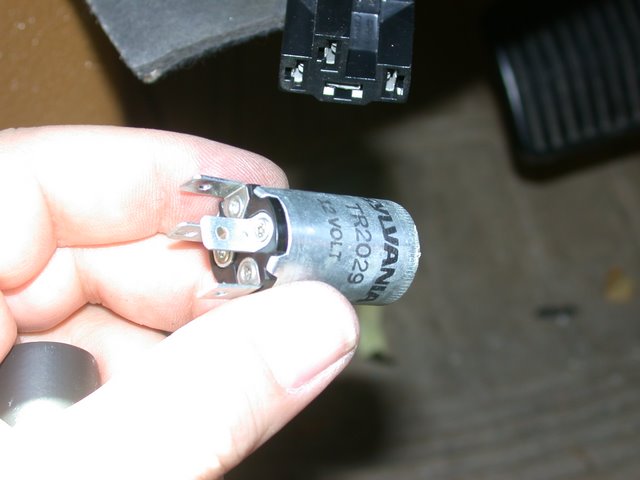|
The slow decay symptom matches the door locks because the lock motors are protected by a PTC thermistor disc. The three-pin red/black/green connector would keep the usual cause from enabling the lock motors -- the rotten insulation on the key and knob switches in the driver's door. But, this can be very intermittent, so you might discount it during a time when it isn't happening.
#8 fuse feeds a lot of battery-hot loads; glove box, trunk, power antenna, underhood lamp. If not one of the two heavy hitters we've discussed, you may have to resort to clipping those green wires that are joined in the crimp to separate the one with the load. I recommend you find a light bulb to substitute for fuse 8 while you work on it. Won't need to be a headlight with only a couple hundred milliamps being sought. A meter can sometimes be tough to interpret when normal loads, such as clock, radio memory, ECU keep alive current become red herrings. You are looking for battery-killing loads. Even 250 mA should not drain your battery in less than a week.
So you're saying someone already removed the delay relay? Nothing like being the second one up a mystery path.
From our glove box kit:

--
Art Benstein near Baltimore
To write with a broken pencil is pointless.
|





